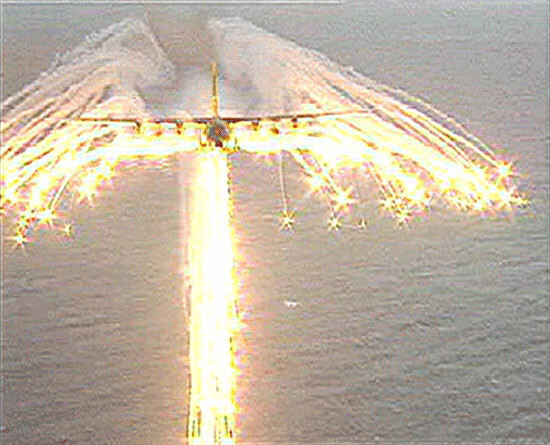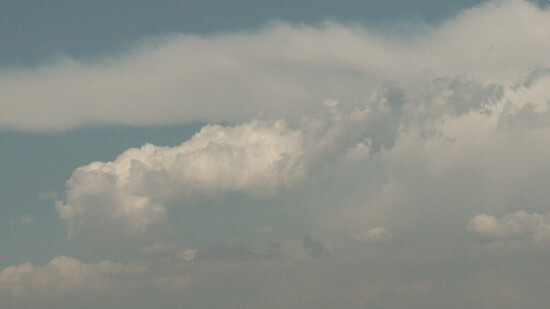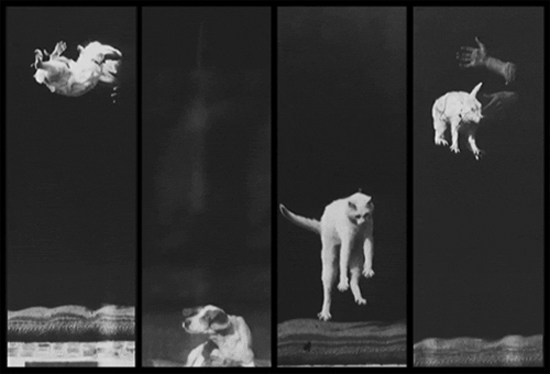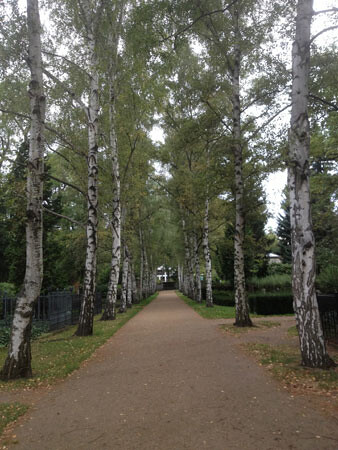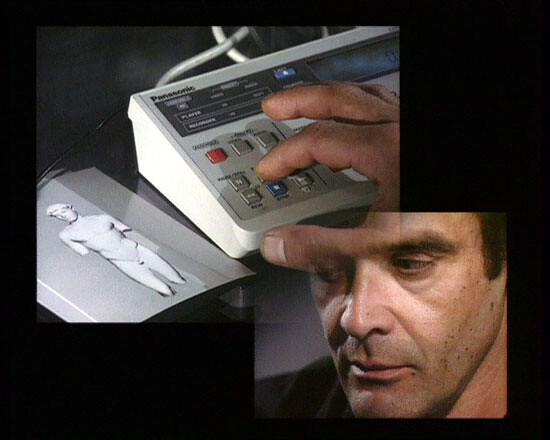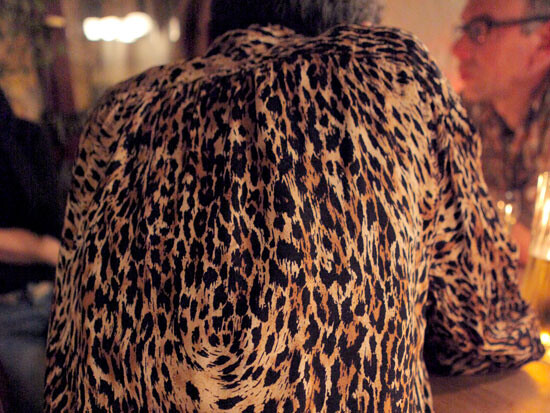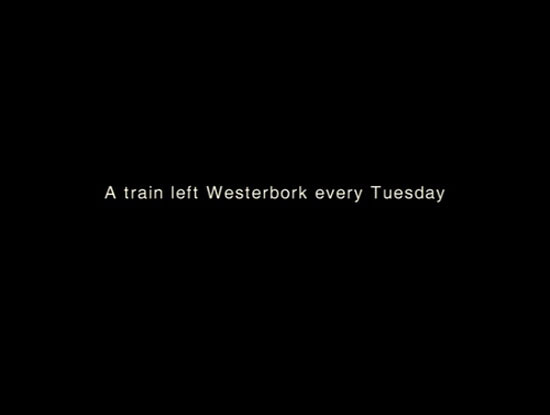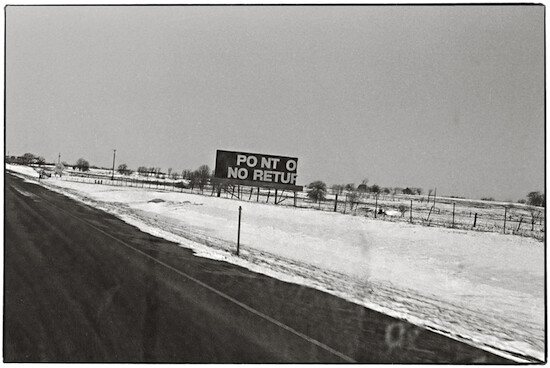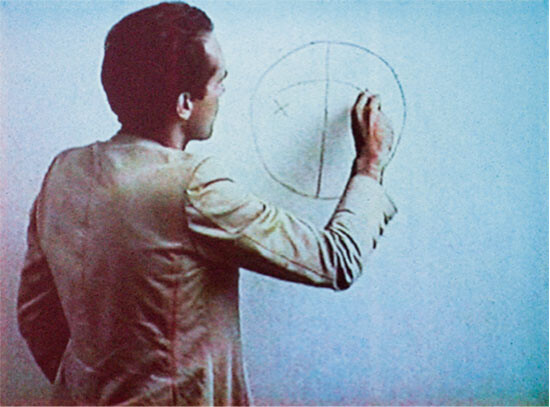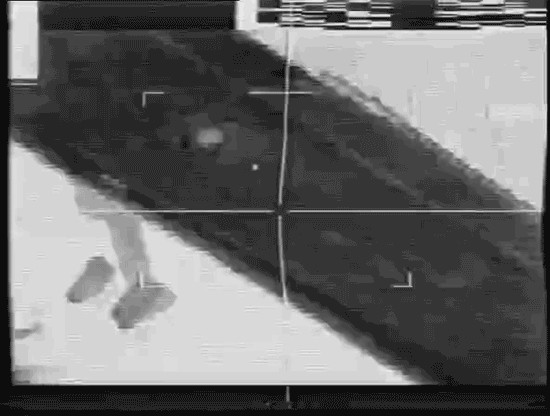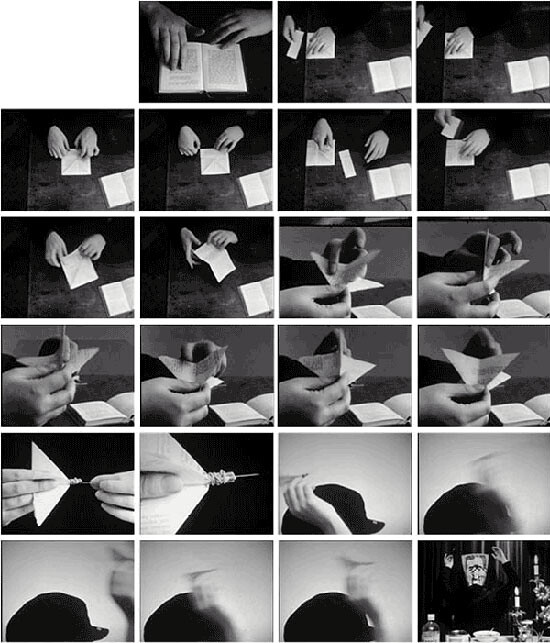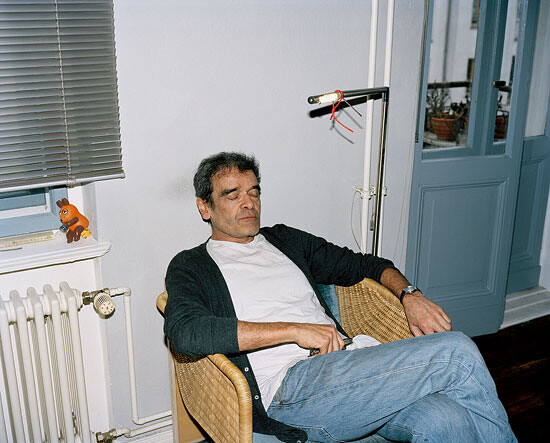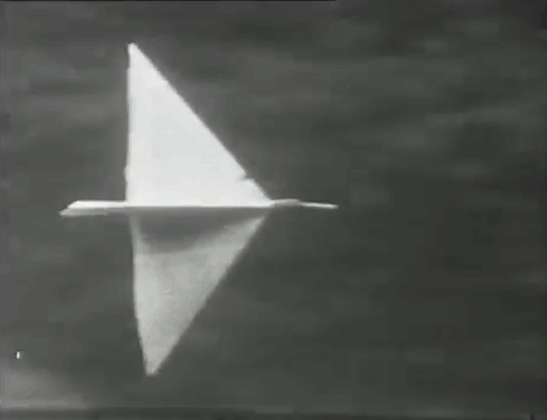Watching the artificial waves breaking on the mechanical shore in Images of the World and the Inscription of War (1989) prompted a question: Why did I, together with Anjalika Sagar, under the name of The Otolith Group, have to travel to Cinema Empire Sofil in Achrafieh, Beirut, in order to see nine Farocki films for the first time? 1 To answer such a question in March 2006 meant confronting the implications of Farocki’s absence from Britain’s film culture. The experience of being…
Issue #59
“Harun Farocki”
November 2014
With:
Julieta Aranda, Brian Kuan Wood, Anton Vidokle, Kodwo Eshun, Ruchir Joshi, Christa Blümlinger, James Benning, Anselm Franke, Cathy Lee Crane, Doreen Mende, Alice Creischer, Andreas Siekmann, Thomas Elsaesser, Alexander Alberro, Filipa César, Ute Holl, Jan Ralske, Constanze Ruhm, Trevor Paglen, Bani Khoshnoudi, Armin Linke, and Hito Steyerl
Organized in collaboration with Antje Ehmann and Doreen Mende, this issue of e-flux journal pays tribute to Harun Farocki (January 9, 1944–July 30, 2014) with a series of essays and reflections on his work and life by friends, collaborators, film scholars, and admirers. Those who knew Harun personally remember not only the epic influence of his work, but also his generosity as a friend and collaborator. As for us, we have never before dedicated a full issue of e-flux journal to a single…
View List
View Grid
18 Essays
November 2014
What if sounds and images were food, the raw material of a meal? Could one then think of ideas as the spices one adds to the food material? And the structure of the audio-visual as the cooking medium that brings everything together? It needn’t be totally arbitrary—or always “added on top,” or “injected into.” It could be that certain raw foods invite the use of certain spices and discourage the use of others.
Or one could flip it around. It could be, couldn’t it, that by the end, as…
We had gotten used to speaking to each other in English or French, whether in public or private. That’s not to say that Harun didn’t care what language he spoke in. He loved punch lines. He quoted gladly, exactly, and without any smugness. He would often ask me about the origin of some French word that had struck him in the course of his unceasing explorations. Austrian idioms, though, remained foreign to him, even in all those years he taught in Vienna. He never ceased to be repelled by the…
Harun Farocki was a thoughtful man. For me he made sense of things. He looked in the right places. He was analytic and poetic, subtle and bold. And he knew the power of redundancy and form. But what I liked the most was his laugh. It came from deep within his heart and soul. When I wrote his daughter Anna to say he will live on within us all, she wrote back saying she wasn’t ready yet to accept just that. And she is right … we have lost a lot. Harun Farocki rest in the peace you were so…
In 2014, Harun Farocki was beginning work on a film project on Marey and Muybridge and the origins of cinema. The last thing I received from him was a DVD copy of a wonderful but obscure Thom Andersen film on Muybridge from the 1970s.
The body in movement: this project would have been a logical continuation of his work, an explication of a concern with “life” and its mobilization and reconstructibility that was already implicit in most of his films. More specifically, this new work…
Wed 5/28/2014 8:05 a.m.
Dear Harun,
I hope this finds you and finds you well. I wanted to propose something to you.
My Pasolini film will be showing at the Arsenal as part of the Pasolini Roma exhibit at MGB during the last weekend of September. I have been invited to the ICI on 9/25 to present previous work.
I wanted to know if you’d be interested in having a conversation with me that evening about three of my short films, The Girl from Marseilles , Sketches after…
A few moments from encounters with Harun Farocki materialize in the form of his films and his own texts, passages from emails exchanged with HF over the years, my porous memory of dinners, and our reunions in the years to come. The time-fragments presented below begin long before we met and exceed the factual-temporal event of Harun’s untimely, depressing, and shocking passing on July 30, 2014.
Such a method of selecting bits of time refers, first, to HF’s insistence on reflecting on…
We see a street through a surveillance camera. A crowd of working people are out and about—informants, money transporters, messengers, street cleaners, sausage vendors. Private and state security agents can be seen in the background, aiming at pedestrians from an enclosure. Now and again, a pedestrian is hit and falls to the ground. A house is raided by police officers. Another security agent poisons his own dog. A poem is superimposed over the scene:
Everything that doesn’t blind us…
Alexander Alberro: When did you first meet Harun Farocki?
Thomas Elsaesser: In the summer of 1976, I spent time in Berlin researching a book on New German Cinema, interviewing as many filmmakers as I could, but also critics. I knew Farocki as a critic, from the articles he wrote for Filmkritik , but had not seen any of his films. If I remember right, I had an introduction through one of his fellow students from the days at the DFFB, Ingrid Oppermann. One sunny afternoon, I visited…
Interface (Schnittstelle, 1995), which I saw for the first time in 2002, was an incision, a visceral slash to my senses, with deep consequences for my life and work. 1 This cut marks the encounter with Harun’s work that channeled my access to something that was previously immanent but unpronounced: a material and a magical dimension of the process of film montage: “Workers paving a road with cobbles will throw a stone into the air and catch it; each stone is different, and they…
Farocki’s work consists in pointing towards the visible. His art consists in opposing the visible and the obvious. Farocki’s political claim is to demonstrate that in reality nothing is veiled, sealed, or concealed. Meticulous perception is his strategy for emerging from self-imposed nonage. His images do not deal with ideological mist or the ontological mysteries of an image, but with the inertia of our perceiving eyes, with laziness or a lack of mental audacity. His voice-over commentaries…
The impact of Harun Farocki’s work was more than the howl of a dog in tune with his instincts. And although Farocki was certainly a partisan behind enemy lines, using archival and contemporary footage from the military, he was not simply that lone romantic fighter, once derisively described by Carl Schmitt as “a dog on the highway.”
Clapping the Board / Hotel Utopia / Traces of a Staging / Fate of Alien Modes / Diagrams (Circles) / History and Production / Kids and Movies / Birds, Capitalism, Dreams / More on Animals (Donkeys), Capitalism, and Dreams / JLG / Flipcharts / Factory Walls, Secrets / Attachments
1. Clapping the Board
A simple lesson I learned from Harun Farocki: on set, you can clap the clapboard quietly too.
2. Hotel Utopia
The works discussed in this piece exemplify, in a necessarily…
Something new was happening in the world of images, something that the theoretical tools of visual studies and art history couldn’t account for: the machines were starting to see for themselves. Harun Farocki was one of the first to notice that image-making machines and algorithms were poised to inaugurate a new visual regime. Instead of simply representing things in the world, the machines and their images were starting to “do” things in the world. In fields from marketing to warfare, human…
“In our hands they must become weapons … ”
— Harun Farocki, The Words of the Chairman , 1967.
Using controlled methods, sometimes even irony, Farocki takes apart over and over again, piece by piece, our place as victim as well as culprit in this age where the image is loaded like a gun. It is a rage that is not violent, yet clearly spoken, and which is resting behind Farocki’s camera, not necessarily front and center on the screen. Demonstrating, describing, pointing…
Harun Farocki sitting in his reading chair with his reading light,
showing some of his favorite books,
and his editing computer.
—Armin Linke, Berlin 2011
How to begin? The first sentence sets the scene. It is a building block for a world to emerge in between words, sounds, and images. The beginning of a text or film is a model of the whole—an anticipation.
A good beginning holds a problem in its most basic form. It looks effortless, but rarely is. A good beginning requires the precision and skill to say things simply. Like the crafts of making bricks, weapons, or files on hard drives, there is an art of creating beginnings.
One of…



